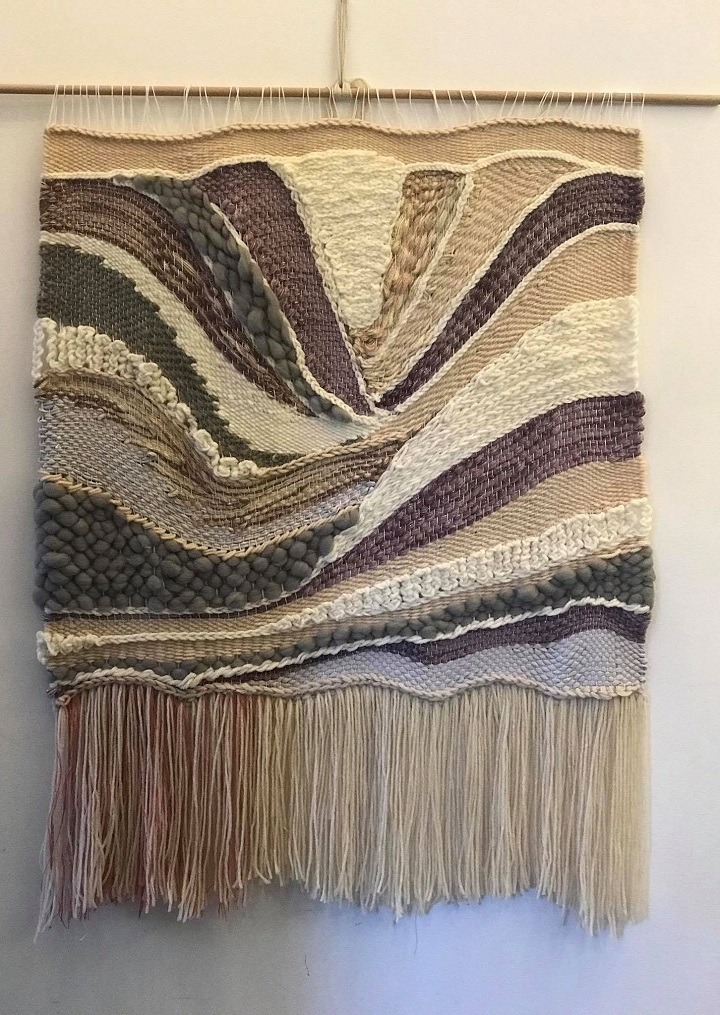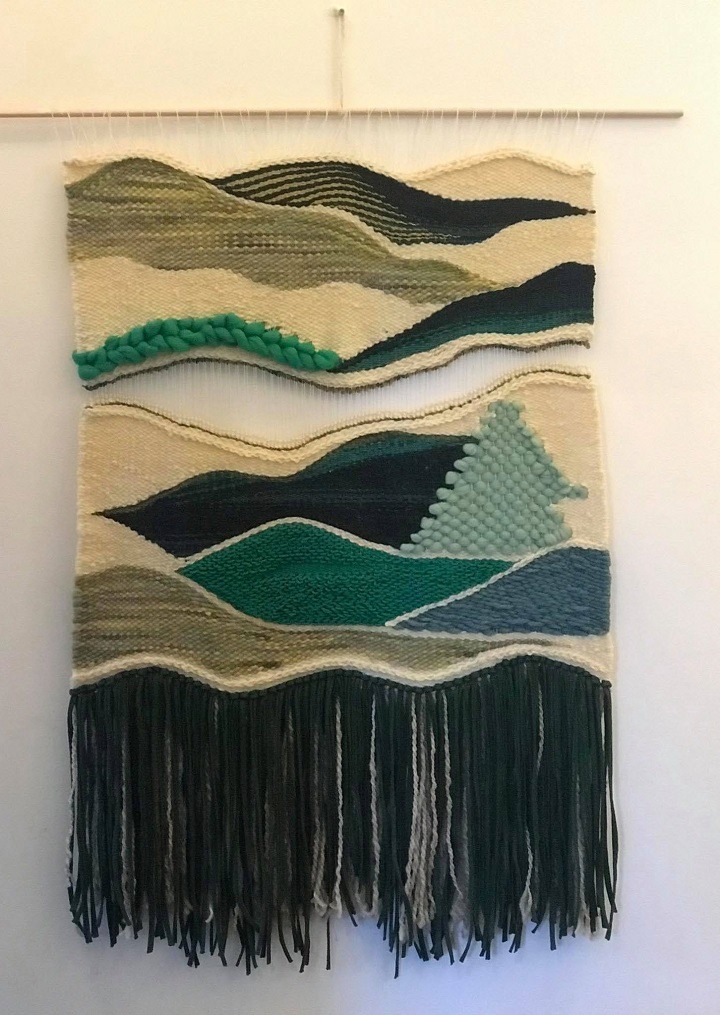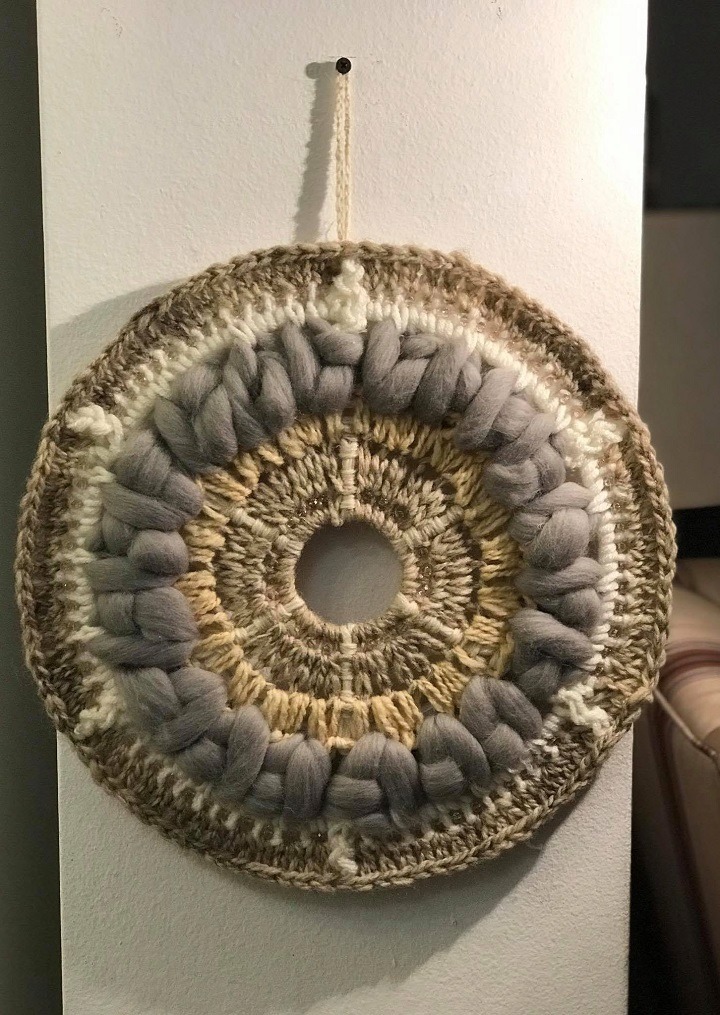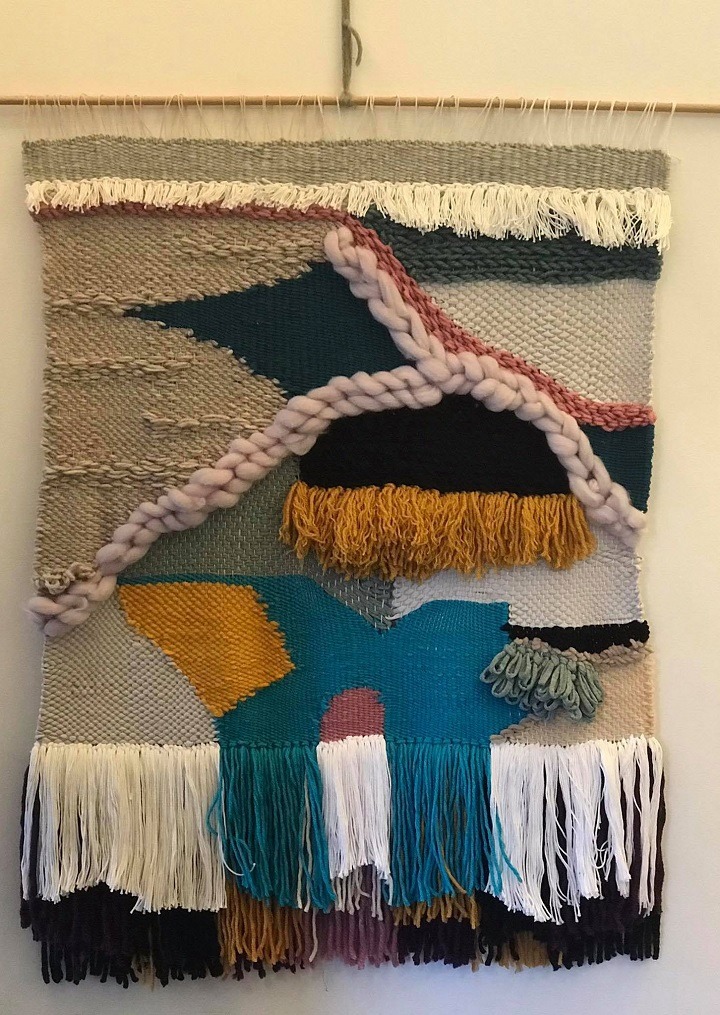WORDS: BIBI EBEL
PHOTOS: MIA MEDAKOVIĆ & FROM THE PRIVATE ARCHIVE
I am a diplomatic wife. Diplo-wife, trailing spouse. We go where my husband’s work takes us. Before marrying a Canadian diplomat, I moved around the globe on my own: first to study, then for work. Then, it was just the two of us, and now, we have three children in tow. The experience has been a wonderful ride and adventure. I left my childhood home in my teens and have yet to settle down. When you move from place to place, your life is subject to permanent change, there are very few constants. This did not bother me until I had children. After they arrived, I needed to create a more stable universe, one that would exist beyond physical boundaries of countries, regions and continents. After all, I cannot give my children the sense of belonging most parents try to build: it is nearly impossible to drive by the kindergarten they attended because it is thousands of kilometers away. I cannot offer my children a family home where they will spend all their childhood years, nor friends that they would have forever. So, my answer to creating stability in their life was, in a single word, art. I have aimed to surround them with art in their day-to-day lives, art that will give them a sense of beauty, and boost their creativity. I taught them how to paint, sculpt, weave, photograph – to practice any form of art in which they showed interest or, indeed, the inclination. Apart from being fun – something that children enjoy very much, art has become a vital part of our family identity. It keeps all of us engaged, and assists in dealing with the difficult transitions of day-to-day life. It helps the children to process change, emotions, sometimes scary situations in a safe way. Art has sustained beauty and expression in our family. We filled the house with pieces of art we found along our numerous adventures, but mostly with art that we created ourselves. My husband often jokes that we ran out of walls long time ago: every empty space has a painting or a wall hanging. Home is where the art is. As we were moving from place to place, so did our art collection, thus creating familiar surroundings and a familiar environment for my family. Our art collection has become a cultural phenomenon: we have rugs that came from my family, quilts that my mother-in-law lovingly made that remind us of Canada, Pirot cilims with colours so bright they make you smile.
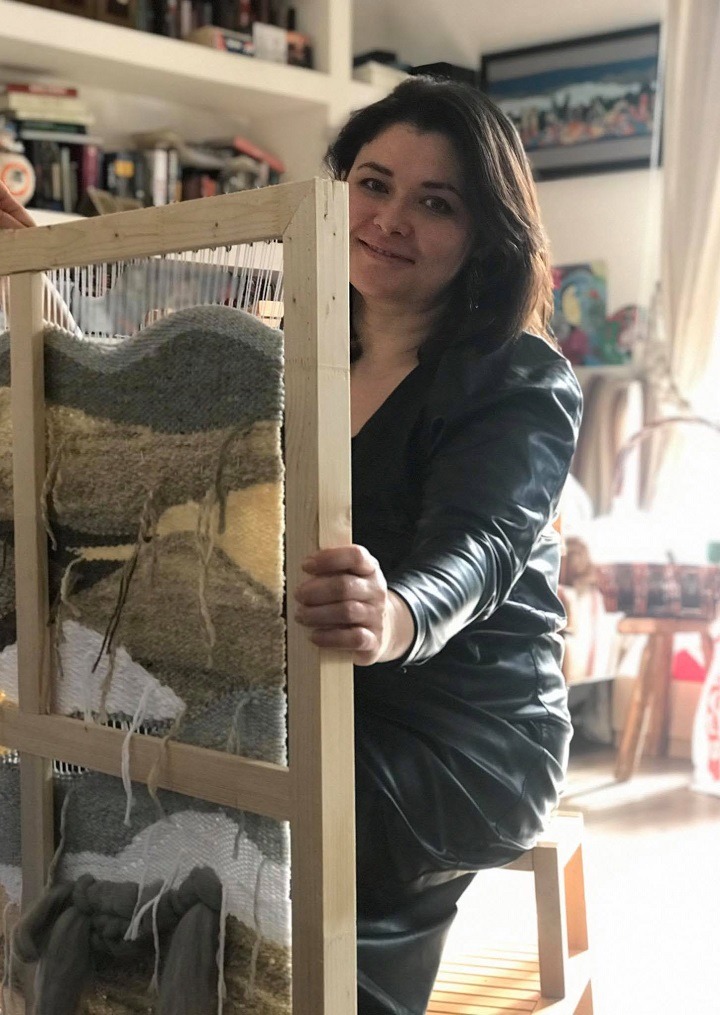 We moved to Belgrade five years ago. And Belgrade is creative. In fact, it is one of the most creatively spirited places I have had—so far—the good fortune of living. Belgrade art is free and unique, it makes your heart skip a beat, and presents opportunities to admire the human genius capable of creating almost impossible beauty. Belgrade offers new exhibitions, installations, performances every day, fantastic murals and graffiti, and artists who are visible and accessible – it has all been very exciting. I have taken my kids to the museums and galleries, theaters and classes. Armed with pencils and paper, they would stay for hours in museums copying a sculpture or portrait, asking a thousand questions about a particular piece, or art in general. And children, like sponges, have the capacity to absorb beauty at phenomenal rates. We met talented artists, like Jasna Visnjic, who taught my kids art for three and a half years. Art opened a lot of doors and allowed me to make friends outside of my regular social circle. Art allowed me to discover new forms and concepts, and witness the immense talent pool of the Serbian capital. And then came the pandemic, bringing with it fear and the unknown. As for many other families, it was equally new and undiscovered for us. We cancelled art classes, stopped going to museums and exhibitions, stopped attending plays and dance performances. With physical distancing it was crucial to create a safe environment at home that would help to hold anxieties at bay and create a sense of stability yet again. And that’s where art became the most helpful tool in my arsenal. And not just for the kids, for me, too. With no social interaction, and being at home all the time, I discovered that I possessed something that had been absent for years – free time. So I went back to my favourite form of art – weaving.
We moved to Belgrade five years ago. And Belgrade is creative. In fact, it is one of the most creatively spirited places I have had—so far—the good fortune of living. Belgrade art is free and unique, it makes your heart skip a beat, and presents opportunities to admire the human genius capable of creating almost impossible beauty. Belgrade offers new exhibitions, installations, performances every day, fantastic murals and graffiti, and artists who are visible and accessible – it has all been very exciting. I have taken my kids to the museums and galleries, theaters and classes. Armed with pencils and paper, they would stay for hours in museums copying a sculpture or portrait, asking a thousand questions about a particular piece, or art in general. And children, like sponges, have the capacity to absorb beauty at phenomenal rates. We met talented artists, like Jasna Visnjic, who taught my kids art for three and a half years. Art opened a lot of doors and allowed me to make friends outside of my regular social circle. Art allowed me to discover new forms and concepts, and witness the immense talent pool of the Serbian capital. And then came the pandemic, bringing with it fear and the unknown. As for many other families, it was equally new and undiscovered for us. We cancelled art classes, stopped going to museums and exhibitions, stopped attending plays and dance performances. With physical distancing it was crucial to create a safe environment at home that would help to hold anxieties at bay and create a sense of stability yet again. And that’s where art became the most helpful tool in my arsenal. And not just for the kids, for me, too. With no social interaction, and being at home all the time, I discovered that I possessed something that had been absent for years – free time. So I went back to my favourite form of art – weaving.
5,000 years ago, the city of Girsu in ancient Sumer, Mesopotamia, employed 15,000 weavers to produce linen and woolen cloth for the city and for export. Today, when I sit down to weave, the historical legacy of what I do does not escape me. Like any other men and women who came before me and who will live after, my journey to weaving has been nothing short of extraordinary for me.
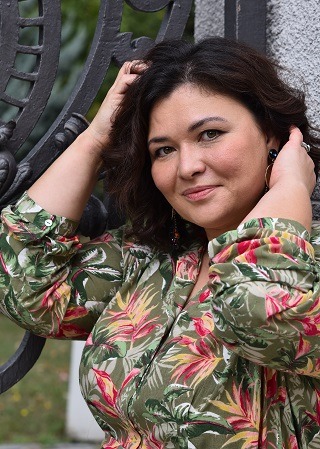 I come from a family of master-weavers. They made carpets, mainly. Every child over the age of five was taught how to weave. The were passed the family secrets of natural dyes and patterns. Unfortunately, this chapter of the family history stopped when my father’s generation, born during WWII, decided to go to universities rather than stay home and weave. Very quickly, master weavers and embroiders became a symbol of the past rather than an ubiquitous feature of the present. I grew up looking at the last remnants of my family’s heritage, adorned by embroidered wall hangings and thick carpets on the floors. Years later, I started wondering why I was not participating in this glorious legacy. So I learned. I learned anything and everything I could about fibers, tools, patterns, techniques. For a long while the process was put on hold, first when I was at university, next when I was building a career and then raising a young family, but the skill came back in the last five years here in Belgrade. I met astonishing Serbian women, who kept the ancient art of weaving alive, by passing the , so to speak, to those who wanted to learn. I discovered family businesses that produce fiber of the highest quality using traditional techniques of treating wool and dying it. I saw the beauty that women in the industry here create. Their work is built on years of experience, but also on the conviction that theirs is a skill that should not disappear, like many others did before, but must be kept alive and preserved. I bought a loom – razboj – and started weaving scarves and placemats, towels and small rugs. I rekindled my passion for tapestries and made my own looms – frames that hold the yarn to produce cloth or hanging – out of the unused canvasses. I ordered yarn. Soon, I was, weaving again, after years of not having time to indulge myself in my favourite form of art. I made looms for my three children, too, so they could share my passion. The creative process is an interesting thing. It makes me think of cooking; everybody can start with the same ingredients, such as eggs, butter, flour, water, cheese. But the process of assembling it all together can either bring you the best gibanica or something barely edible. And that’s where the skill, perseverance, knowledge and capacity become so very important, along with not giving up when mistakes are made.
I come from a family of master-weavers. They made carpets, mainly. Every child over the age of five was taught how to weave. The were passed the family secrets of natural dyes and patterns. Unfortunately, this chapter of the family history stopped when my father’s generation, born during WWII, decided to go to universities rather than stay home and weave. Very quickly, master weavers and embroiders became a symbol of the past rather than an ubiquitous feature of the present. I grew up looking at the last remnants of my family’s heritage, adorned by embroidered wall hangings and thick carpets on the floors. Years later, I started wondering why I was not participating in this glorious legacy. So I learned. I learned anything and everything I could about fibers, tools, patterns, techniques. For a long while the process was put on hold, first when I was at university, next when I was building a career and then raising a young family, but the skill came back in the last five years here in Belgrade. I met astonishing Serbian women, who kept the ancient art of weaving alive, by passing the , so to speak, to those who wanted to learn. I discovered family businesses that produce fiber of the highest quality using traditional techniques of treating wool and dying it. I saw the beauty that women in the industry here create. Their work is built on years of experience, but also on the conviction that theirs is a skill that should not disappear, like many others did before, but must be kept alive and preserved. I bought a loom – razboj – and started weaving scarves and placemats, towels and small rugs. I rekindled my passion for tapestries and made my own looms – frames that hold the yarn to produce cloth or hanging – out of the unused canvasses. I ordered yarn. Soon, I was, weaving again, after years of not having time to indulge myself in my favourite form of art. I made looms for my three children, too, so they could share my passion. The creative process is an interesting thing. It makes me think of cooking; everybody can start with the same ingredients, such as eggs, butter, flour, water, cheese. But the process of assembling it all together can either bring you the best gibanica or something barely edible. And that’s where the skill, perseverance, knowledge and capacity become so very important, along with not giving up when mistakes are made.
Weaving is an art form. It no longer exists of necessity—to satisfy the need for clothing—but serves to satisfy humanity’s craving for beauty and expression. It is a tactile form of art – you enjoy it not only by looking but also by touching. I am sure some artists would disagree, but to me the textural richness of a tapestry is something that must be touched. Weaving is the transmission of ideas and reflects the communal sense of beauty, symbology and identity. Each tapestry has a story behind it. I rarely sketch my designs as they always take a different path from the initial thought. Setting my hands and mind free and going with the artistic flow makes a big difference in creative process. The tapestries I make have a life of their own, they “breathe” independently from me. And yet I am an integral part of each and every tapestry I created…
Living surrounded by beauty is a privilege and I am fully aware and I am grateful to have this opportunity in my life. I will be leaving Belgrade this summer, to continue on our adventures, but I will always carry a part of Serbia in my heart and on my walls: the art that I created during my time in the country, the art that was shaped by our experiences here, the art that carries the warmth and brilliance of our five years in this beautiful place. We are connected not only to our own cultural heritage but the heritage of the places we inhabit through our journeys. And I am lucky to have lived in Serbia and discover the rich palette of art and tradition here..
